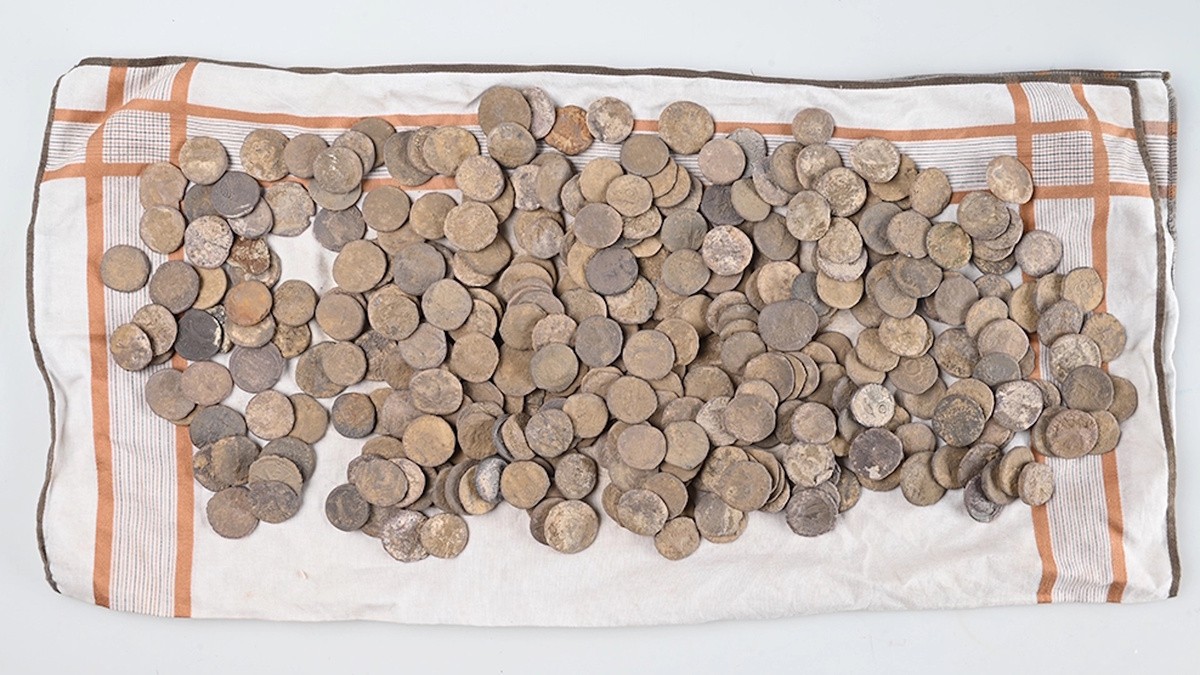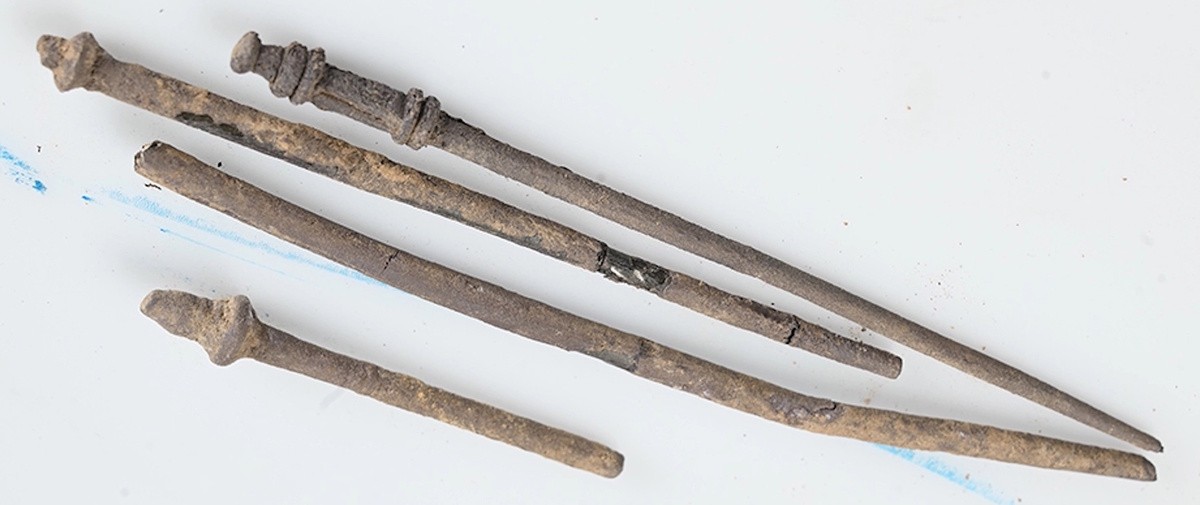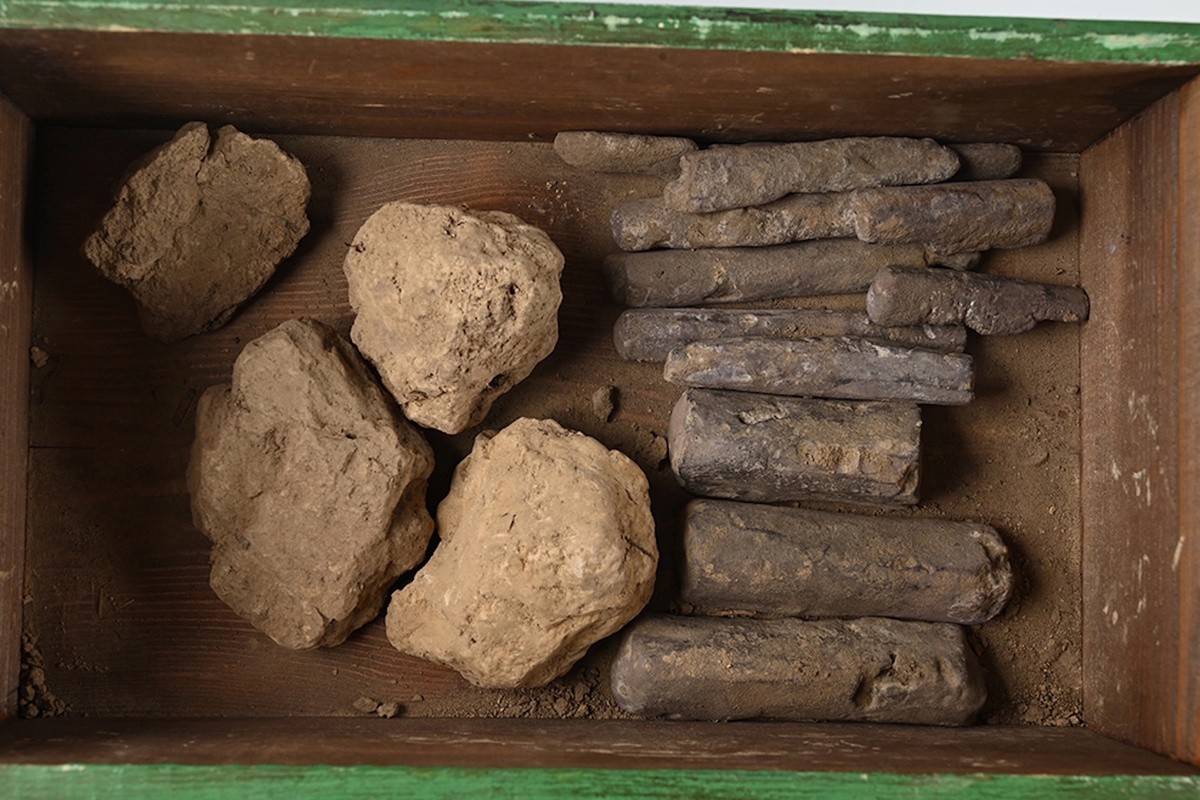Eight Years Hidden Hoard Confession—What Now for the Lower Saxony Treasure Hunter
Spring 2017, in a forest near the small German town of Borsum, Lower Saxony, a young man with a metal detector heard a very clear and pleasant signal. Jannik Pauli, then twenty-three and a resident of Hildesheim, stood on the threshold of a discovery that any treasure hunter dreams of. Not knowing what lay beneath, he cautiously dug at the powerful signal, convinced the prize was substantial. Suddenly coins appeared in the soil. Not one or two, but dozens of silver coins. And the deeper he dug, the more coins there were. There was no doubt this was a real hoard.

In This Article:
Discovery of a Massive Ancient Hoard Dozens of Silver Denarii and More Unearthed
He unearthed hundreds of silver denarii that had lain in the ground for two thousand years. Holding the coins in his hands felt like stepping back into ancient Rome. Next to the coins he found several silver ingots, a gold ring, and even one gold coin. All of it was neatly arranged, leaving no doubt that the treasure had been buried with the intention of returning for it later. But no one came.

Eight Years of Silence and a Confession to Police
Treasure hunting had long been his passion; the metal detector was his constant companion since adolescence. But he never had official permission to use the device. He argued with local authorities who warned about the illegality of such digs. When fortune finally smiled, fear of punishment outweighed common sense. Instead of reporting the find, Jannik hid it at home. He stored the trove in a wooden box in the storage room of his house. He told no one about his discovery—neither friends nor family. Eight years passed, and the secret seemed securely buried with his conscience. But as often happens, the internal tension grew. In April of this year, Jannik went to the police and confessed everything. He described how he stumbled upon the hoard, where exactly he found it, and why he chose to stay quiet. He handed over all the valuables voluntarily. The prosecutor attempted to press charges of illegal digging, but the statute of limitations had expired.

Archaeologists Reach the Site and Begin Preservation
Archaeologists, working under the Lower Saxony State Office for Cultural Heritage in collaboration with the Hildesheim Archaeological Department, thoroughly surveyed the area and unexpectedly found additional coins that had eluded the detectorist. After excavations, the entire hoard was gathered, documented, and sent for conservation. It is now stored at the State Office for the Preservation of Monuments of Lower Saxony, where specialists restore and study the artifacts. Researchers are not only interested in the hoard's composition but also its origin. Preliminary dating places it in the 1st century AD, a period of active interaction between Romans and Germanic tribes. They hope to determine who owned these treasures, whether they were buried by a Roman soldier during a conflict or by a German who acquired them through trade or war. Analysis of the silver and the minting details may illuminate the coins' origins and the circumstances of their burial.

From Illicit Detectorist to Historian Partner — Jannik's New Chapter
As for Jannik Pauli, over the years he has reflected on many things. After his confession he underwent training in using a metal detector and is now officially permitted to search for new hoards. The Borsum Hoard has entered history, and its finder has at last stopped being an intruder in that history and has become part of it himself. I have more interesting finds on my Telegram.

